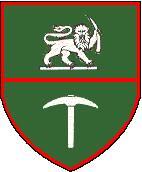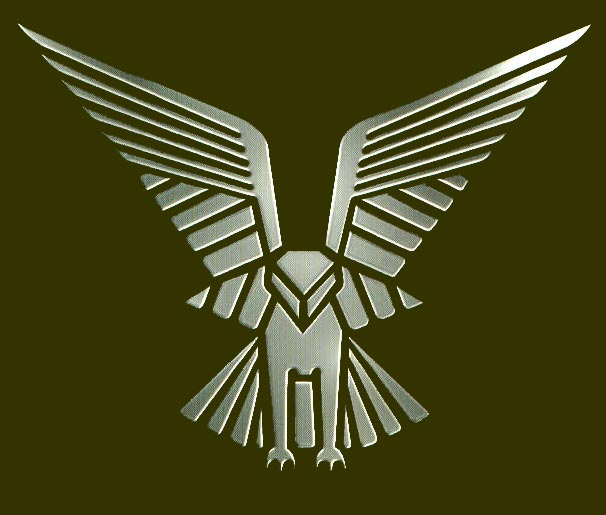




|
|
|
|
By F. A. Godfrey The Selous Scouts was a unit of some 1000 men and formed part of the Rhodesian Special Forces which included the Rhodesian Special Air Service (SAS) and Grey’s Scouts (a horse-mounted infantry patrol unit of approximately 200 men). The unit took its name from Frederick Selous, a white hunter and explorer, a friend of Cecil Rhodes who was involved in much of the exploration and pacification of the territory which became Rhodesia. Selous remains to this day something of a heroic figure among whites in southern Africa.
Colonel
Reid-Daly, who had served with the SAS in the Malayan Emergency, commanded the
Selous Scouts and all his officers were white. Initially, most were Rhodesians
but one or two American and British officers joined the unit bringing The training that new recruits received was generally considered to be particularly rigorous, even by SAS standards, and the methods used achieved a remarkable degree of realism. Much emphasis was placed on preparing men to survive in small groups in the arduous physical circumstances in which they would be required to conduct operations.
While the
conventional units of the security forces were well-trained and highly-skilled
in bringing the enemy to battle it became crucial that accurate intelligence
should be acquired so that these forces, usually air or helicopter borne, could
be deployed in the right place at the right time. The provision of this
intelligence was the task of the Selous Scouts. As a ‘combat-tracker’ unit
their role was to locate the enemy, ascertain his strengths and intentions and
to pass this information back. ‘Sticks’ would establish observation posts in known areas of enemy activity and they would remain there, completely self-contained, for long periods of time always reporting back, by radio, information on guerrilla movements which would be acted on by the more conventional units of the security forces. Tracking
and disguise Many
of the officers and men of the Selous Scouts, coming as they did from rural
surroundings in Rhodesia, were past masters in the hunting of wild and game
animals. It was a comparatively simple matter for them to switch to tracking
groups of enemy and they achieved a high success rate. It was not unknown for
the Scouts to follow the tracks of an enemy group for anything up to a week,
moving only in the morning and evening when the slanting rays of the sun tended
to highlight the minute signs of human movement for which they were looking. Another method of gleaning intelligence on the enemy’s activity used by the Selous Scouts was to dispatch small groups of men into remote and often hostile areas disguised as guerrillas. They would, in this way, make contact with village communities and attempt to glean snippets of information on enemy movements, intended targets and rendezvous. This type of clandestine operation was often carried to its logical conclusion when careful training enabled ‘sticks’ of men in the guise of guerrillas actually to penetrate enemy camps and thereby neutralize a complete enemy group.
Counter-measures Toward
the end of the war in the late 1970s,
when the guerrillas had
succeeded in winning friends or pressuring unwilling supporters in the villages
to provide them with information on security force movements, life for the
Selous Scouts became more and more difficult. Villagers would, themselves,
patrol the country around their homes in an attempt to locate the whereabouts of
the security forces. These guerrilla helpers were known as majubis
and many were young boys who would
in any case normally be out on the hills tending the herds of cattle. If in
Another
ploy by the guerrillas designed to fox the Scouts was to change their clothing
whilst out on patrol. A group of guerrillas might be seen to enter a village
carrying weapons and wearing uniforms. By concealing their arms and exchanging
their camouflaged shirts for white or red ones they became extremely difficult
to identify from a distant observation
post. On occasion guerrillas were known to begin an operation wearing several
layers of different colored clothing. Because of the inevitable secrecy which shrouded their activities the Selous Scouts became the object of much curiosity during the war. Their enemies depicted them as a gang of bandits and ruffians while their supporters were prone to see them as a group of experts providing the eyes and ears of the main body of the security forces. (END) ***NOTE*** Source for this article was obtained from the book: WAR IN PEACE: CONVENTIONAL AND GUERRILLA WARFARE SINCE 1945. printed 1982, author Major F. A. Godfrey MC.
|
|
|